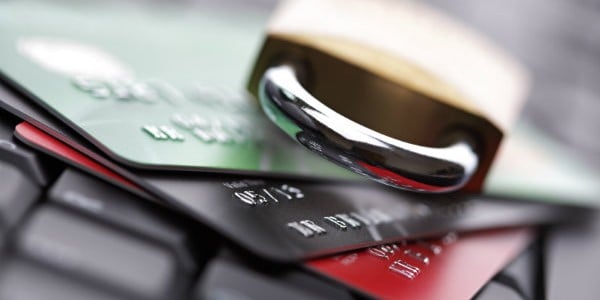Card Fraudsters About To Go Old School On Your Credit Union

Very soon, microchips will find their way into our plastic credit and debit cards, helping us – and our financial institutions – keep track of our available funds.
by. Karen Postma, Director of Client Services, TMG
Microchips have revolutionized many aspects of our lives, changing the way we keep track of everything from our personal contacts to our pets. Very soon, microchips will find their way into our plastic credit and debit cards, helping us – and our financial institutions – keep track of our available funds.
Generally referred to as EMV, the new card-authentication standard will eventually replace the easily counterfeited magnetic stripes that today make our cards (and the funds associated with them) vulnerable to fraudsters. In many areas of the world, EMV chip cards are already present and working. In fact, many U.S. cardholders traveling abroad have begun to notice their mag-stripe cards work at fewer and fewer international locations.
For the world’s fraudsters (card counterfeiters, in particular), the increased use of microchips for authentication has sent them and their cronies back to the drawing board. The once highly profitable counterfeit-cards game, they have found, is no longer worth playing. Their solution? Old-school card fraud.
Antiquated methods, such as outright theft, are soon to increase domestically as U.S. counterfeiters adapt their business model for the EMV fallout. Although chip cards designed to work in conjunction with a PIN will be better protected from theft, fraudsters have become quite adept at gaining access to those “secret” codes.
Of course, theft comes in many forms. There’s the rudimentary stealing-from-mailboxes method, and then there are more sophisticated ways of gaining access to an account, such as identity theft. Unfortunately, with contemporary society’s over-sharing of personal information via social networking, identity theft is much easier for the criminals of today than it was for their forefathers.
By combining old-school methods, like theft, with contemporary techniques, like social engineering, card fraudsters have developed work-arounds for the global migration to EMV. For U.S. card issuers, including credit unions, these work-arounds demand a change in the way they detect and prevent credit and debit card fraud.
Fortunately, savvy fraud analysts have been studying this next generation of old-school fraudsters, and they have learned how to detect the red flags they often send up. Take, for example, account-takeover artists. In these cases, a fraudster poses as a legitimate applicant to gain access to credit. Often he will behave himself for many months to earn an increased credit line. Then, without warning, the fraudster will rack up huge balances, and you guessed it… disappear into the wind.
However, with human intelligence and data-driven technologies working behind the scenes for credit -union issuers, this new kind of old crime can be detected and stopped before it causes significant damage. Products like TMG’s Adaptive Control work in real-time, monitoring cardholder behavior and assigning risk-based strategies on a per-cardholder level.
Let’s say, for instance, a fairly new member of the credit union – someone who offers no history to use as a context – racks up a $9,000 balance inside 20 days. In this situation, Adaptive Control would sense that red flag and adjust, automatically declining any transactions that would put the cardholder’s balance over 80 percent of the available credit.
Because balancing security with cardholder convenience is always important for credit unions, these products allow the credit union to override fraud strategies on a case-by-case basis. Whereas other fraud prevention technologies set across-the-board strategies that treat all cardholders (or all cardholders in a segment) the same, products like Adaptive Control pin-point problems. With this capability, credit union issuers can adjust their strategies for only those cardholders demonstrating risky behavior on an individual level. This allows the credit union to continue servicing the other members in its card portfolio, earning loyalty (and interchange income) on those accounts, while protecting itself from fraud losses on questionable accounts.
If the experiences of other countries are repeated in the U.S., our country’s card issuers will see a notable decrease in certain types of fraud upon migration to EMV. Yet if there’s one thing we know about fraudsters, it’s that they are extremely adept at modifying their strategies. EMV is coming, and those credit unions who prepare now for the ingenuity of EMV-ready criminals will have the best chance at protecting themselves and their cardholders in this new era of card fraud.

